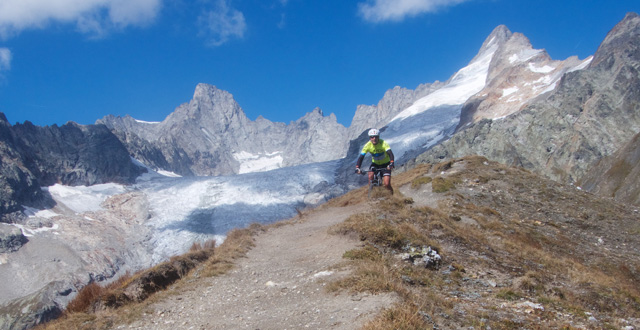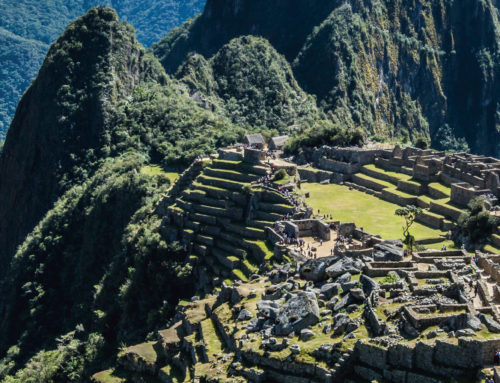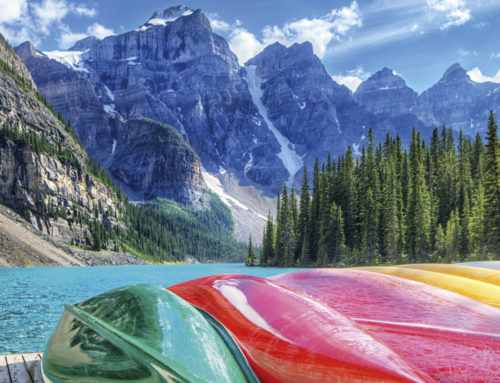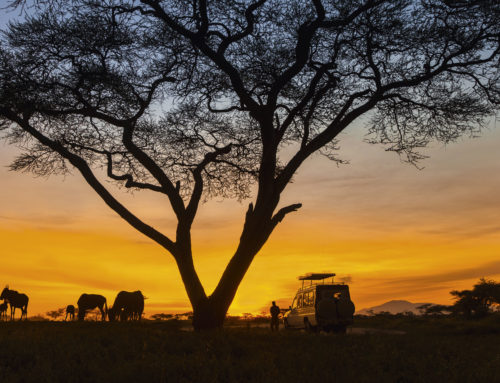With an ever-growing range of products catering to the increasingly adventurous tastes of today’s travellers, the market for adventure travel has never been so broad — or mainstream. The Adventure Travel Trade Association (ATTA) puts a conservative estimate on today’s international adventure travel market at £517bn, excluding domestic travel and Asian outbound travel.
Allied Market Research’s recent Adventure Travel Market — Global Opportunity Analysis and Industry Forecast forecasts the global market to grow from $444.8m (£337.2m) in 2016 to $1.3bn (£985.5m) in 2023, with a CAGR of 17.4% from 2017 to 2023.
From a UK perspective, things have come a very long way since 2010, when TUI Travel published its Passport to Adventure report, designed to highlight the market’s potential to UK agents. In it, TUI forecast the then £180m UK market for adventure travel would grow by 70% from 2010-2013 — a period in which ATTA reports the market actually tripled from £67bn to £199bn.
Since then operators such as Exodus and Explore!, followed by Intrepid Travel and G Adventures, have done much to court agents and push product through the trade. According to ATTA, travel agents now account for nearly a quarter of all adventure travel bookings (23%). Given the size of the market, the healthy price tags such trips tend to carry and the generous commission rates offered by increasingly trade-friendly operators, agents who continue to ignore the space do so to their financial detriment.
Changing tastes
But what exactly do we mean by adventure travel? ATTA defines it as trips that include at least two of the following three elements: physical activity, natural environment and cultural immersion, with the bulk of growth at the ‘soft adventure’ end of the market, for products such as hiking and biking rather than extremely physical, demanding products such as mountaineering breaks.
With their strong focus on healthy and active pursuits, the types of product marketed under the adventure travel banner chime with the increasingly ‘cleaner living’ aspects of today’s consumers. On a deeper level, such products resonate with the growing desire among consumers to be transformed by their travel experiences and return somehow improved, perhaps more knowledgeable or empathetic. With their focus on local interactions and cultural aspects, adventure travel products also offer greater potential for ‘getting under the skin’ of a destination, serving up the kind of authentic, unique and meaningful experiences travellers crave.
Research by ATTA has concluded that clients are attracted to the fact that adventure travel breaks are more likely to benefit local communities. ATTA members estimate that two thirds (66%) of their trip cost per guest remains in the host destination or region.
From the destination perspective, positives include the fact that such travellers, and the operators who serve them, tend to spend well and be respectful of local cultures and environments, meaning the resultant revenue stream provides an added incentive for local communities to protect. Such travellers are often keen to venture outside of the main sites and peak seasons, helping to spread visitation out both geographically and seasonally. From investing in new trails to setting up community-based tourism initiatives, focusing on adventure travel also provides a great avenue for destinations lacking in traditional major tourism attractions.
Never too old
While product programmes such as G Adventures’ 18-to-Thirtysomethings and Intrepid Travel’s Basix cater to economising young explorers, the real action is to be found in the older age brackets, many of whom developed a taste as younger backpackers.
According to ATTA’s 2018 Adventure Travel Trends Snapshot, the 50-70 age bracket accounts for 41% of the market and a further 21% aged 41-50. KE Adventure Travel’s co-founder Tim Greening says the company regularly has clients in their 60s trekking to Everest or climbing Kilimanjaro.
ATTA’s report also notes a slight bias towards female travellers (53%). Couples account for the lion’s share of adventure travellers (42%) with groups (21%), solos (19%) and families (18%) accounting for around a fifth each. Given the rising value of the solo market, operators continue to bend their product mix to the trend, such as Intrepid Travel, which launched its For Solo Travellers range for 2018.
Multi-active breaks
Hiking remains the big activity focus for the European market, according to ATTA’s latest Adventure Travel Trends Snapshot (April 2018), followed by cycling, ecotourism, cultural and ‘environmentally stable’ breaks. Growing trends identified in the report include expert-led photography tours; mountain bike tours; and ‘multi-activity breaks’ containing a combination of sports or activities in one break.
Another is customised itineraries. With their larger budgets and clear view of what they wish to do, older travellers are ripe for flexible and lucrative tailormade tours. Being less time poor than their younger compatriots they can often go away for longer durations too, as many such adventure travel trips demand. That said, overall ATTA says the average duration for adventure travel trips booked in Europe is currently seven days, compared to a global average of
eight days.
Other trends include an increase in tours and operators catering purely to female travellers and non-ski or snowboard winter products such as husky sledding, snowshoeing tours and winter wildlife viewing experiences.
Challenging times
Selling adventure travel isn’t without its challenges or concerns however, not least governing the management of risk (for more on this, see our feature on p.19). Even successful operators can’t afford to rest on their laurels. In its 20 Adventure Travel Trends to Watch in 2018 report, ATTA concludes: “Adventure travel stakeholders will need to continuously innovate their product and marketing to stay ahead of the mass travel companies recognising the opportunity in developing and selling adventure experiences. They’ll also need to develop contingency plans in preparation for the environmental and geopolitical threats that the planet faces.”
Thankfully the sector is home to a large number of independent operators. With their smaller teams and overheads, these key operators have built their business models on being nimble
and innovative.
Meanwhile technology is playing an increasing role. Take chatbots. From helping suppliers answer agent queries and tailor products to clients, to helping destinations offer guidance and support to operators, chatbots continue to gain traction. Data mining the requisite exchanges also offers scope for spotting trends and patterns.
Combined with advances in customer insight, including research commissioned by bodies such as ATTA’s AdventureEDU department, this will better help operators gain a clear picture of the evolving adventure traveller and their changing requirements and motivations.
Other areas with big growth potential include virtual reality (VR) applications and headsets. VR’s ability to whet clients’ appetites by offering the option to ‘try before you buy’ could prove a valuable sales tool. More concerning for agents is the rise of blockchain technology. ATTA points to the increased number of operators in the travel industry who are looking at blockchain as a means for travellers and businesses to circumvent commission rates and layers of intermediaries, cutting out ‘middlemen’ such as agents or even banks. Such changes appear far off, however.
Forward thinking
All in all, prospects for the adventure travel space look decidedly rosy, with consumer trends all pointing to rising demand in the years ahead. Encouragingly, more than 70% of the operators polled in ATTA’s 2018 Adventure Travel Trends Snapshot reported they were growing. Of those, more than 40% cited an increase in new travellers as the main driver behind this growth. The market has shown an impressive 21% compound annual growth rate (CAGR) since 2012. The International Finance Corporation, meanwhile, has estimated the value of the global soft adventure market to be
worth £564bn.
Further solace can be gleaned from the sector’s key, older — and typically more monied — clientele. Older population groups are increasing at the fastest pace, notes analyst firm Euromonitor International, which forecasts the world’s 65+ age group will grow by 87.8% from 2012-2030, its share of the overall population rising from 8.2% to 12.9%. This demographic will continue to seek out opportunities for adventure travel in the future, the analyst firm predicts — a point echoed by ATTA. “This generation will continue to travel into their retirement,” notes the ATTA in its 20 Adventure Travel Trends to Watch in 2018 report. “They’re adventurous, wealthy and focused on adventure combined with comfort.”
Factor in the strong growth in areas such as the market for family adventure trips, featuring less strenuous itineraries and convenient departures in school holidays, and the future for agents and operators alike looks bright indeed.






